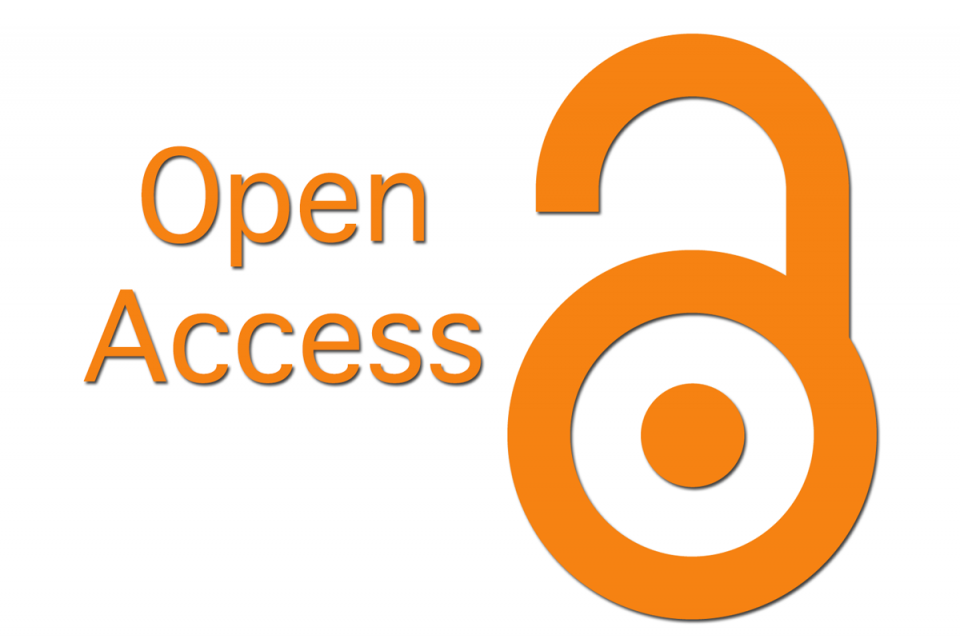EPIDEMIOLOGY AND MANAGEMENT OF ACUTE MYOCARDIAL INFARCTION IN PAKISTAN: A MULTI-DIMENSIONAL ANALYSIS
DOI:
https://doi.org/10.48047/HM.11.1.2025.311-315Keywords:
Acute Myocardial Infarction, Standardized Clinical Pathway, Early Invasive StrategyAbstract
Acute myocardial infarction (AMI) remains a significant cause of morbidity and mortality in Pakistan, exacerbated by delayed presentation, inadequate risk factor control, and inconsistent management protocols. This multi-center, prospective cohort study evaluated the epidemiological patterns and management outcomes of AMI across tertiary care hospitals in Lahore, Karachi, and Peshawar from January 2023 to December 2024. A total of 1,200 patients diagnosed with AMI were enrolled and stratified into two groups: Group A received standard care, while Group B was managed using a standardized clinical pathway incorporating early invasive strategies. The primary outcomes assessed were changes in left ventricular ejection fraction (LVEF) and in-hospital mortality. Secondary outcomes included rehospitalization rates and major adverse cardiovascular events (MACE) over a six-month follow-up period. Group B demonstrated a significant improvement in LVEF (mean increase of 13.1% ± 2.3) compared to Group A (mean increase of 7.5% ± 1.8; p < 0.001). In-hospital mortality was notably lower in Group B (3%) versus Group A (9%; p = 0.01). Rehospitalization for heart failure and incidence of MACE were also significantly reduced in Group B (p = 0.02 and p = 0.01, respectively). These findings underscore the efficacy of standardized clinical pathways and early invasive strategies in improving AMI outcomes in resource-limited settings. This study provides novel insights into the implementation of structured AMI management protocols in Pakistan, highlighting the need for nationwide adoption to enhance patient outcomes.(pakheartjournal1.pcs.org.pk, pubmed.ncbi.nlm.nih.gov)
Downloads
References
Shaikh et al. Impact of Early Invasive Strategy on Left Ventricular Function Recovery in Acute Myocardial Infarction Patients in Pakistan. 2024.(pubmed.ncbi.nlm.nih.gov)
Akhtar et al. Experience and Outcomes of Primary Percutaneous Coronary Intervention in a Tertiary Care Hospital in South Punjab, Pakistan. 2023.(pubmed.ncbi.nlm.nih.gov)
Ansari et al. Mechanical ventilation in acute myocardial infarction: Outcomes from a prospective audit at a cardiovascular hospital in Pakistan. 2023.(pubmed.ncbi.nlm.nih.gov)
Siddiqui & Kayani. Acute Myocardial Infarction - Clinical Profile of 1000 Cases.
(pakheartjournal1.pcs.org.pk)
Memon et al. Frequency of Mortality and Risk Factors Associated to Acute Myocardial Infarction in Pakistan. 2023.(tobreg.org)
Bashir et al. Enhancing Clinical Outcomes and Quality of Life in Acute Myocardial Infarction Patients Through Standard Clinical Pathway Implementation. 024.(pakheartjournal1.pcs.org.pk)
Latif et al. GIS Environment Based Study of Acute Myocardial Infarction Incidence and Associated Risk Factors at a Major Referral Cardiac Center in Twin City of Rawalpindi and Islamabad, Pakistan. 2023.(pjph.org)
Shaikh M, et al. Impact of Early Invasive Strategy on Left Ventricular Function Recovery in Acute Myocardial Infarction Patients in Pakistan. PLoS One. 2024;18(8) .
oi:10.1371/journal.pone.0290399.(pmc.ncbi.nlm.nih.gov)
Akhtar N, et al. Experience and Outcomes of Primary Percutaneous Coronary Intervention in a Tertiary Care Hospital in South Punjab, Pakistan. Cureus. 2023;15(12) .
oi:10.7759/cureus.12036.(pubmed.ncbi.nlm.nih.gov)
Ansari MI, et al. Mechanical Ventilation in Acute Myocardial Infarction: Outcomes from a Prospective Audit at a Cardiovascular Hospital in Pakistan. PLoS One. 2023;18(8) .
oi:10.1371/journal.pone.0290399.
Siddiqui AH, Kayani AM. Acute Myocardial Infarction - Clinical Profile of 1000 Cases. Pak Heart J. 2023;56(1):12-17.(pakheartjournal1.pcs.org.pk)
Memon S, et al. Frequency of Mortality and Risk Factors Associated to Acute Myocardial Infarction in Pakistan. Tob Regul Sci. 2023;9(1):1158.
Downloads
Published
Issue
Section
License
Copyright (c) 2025 Laiba Fiaz, Chand Bibi Dhariwal, Ujala Mansoor, Fatima Khalid, Azeen Tariq, Farah Naz Tahir (Author)

This work is licensed under a Creative Commons Attribution 4.0 International License.
You are free to:
- Share — copy and redistribute the material in any medium or format for any purpose, even commercially.
- Adapt — remix, transform, and build upon the material for any purpose, even commercially.
- The licensor cannot revoke these freedoms as long as you follow the license terms.
Under the following terms:
- Attribution — You must give appropriate credit , provide a link to the license, and indicate if changes were made . You may do so in any reasonable manner, but not in any way that suggests the licensor endorses you or your use.
- No additional restrictions — You may not apply legal terms or technological measures that legally restrict others from doing anything the license permits.
Notices:
You do not have to comply with the license for elements of the material in the public domain or where your use is permitted by an applicable exception or limitation .
No warranties are given. The license may not give you all of the permissions necessary for your intended use. For example, other rights such as publicity, privacy, or moral rights may limit how you use the material.







